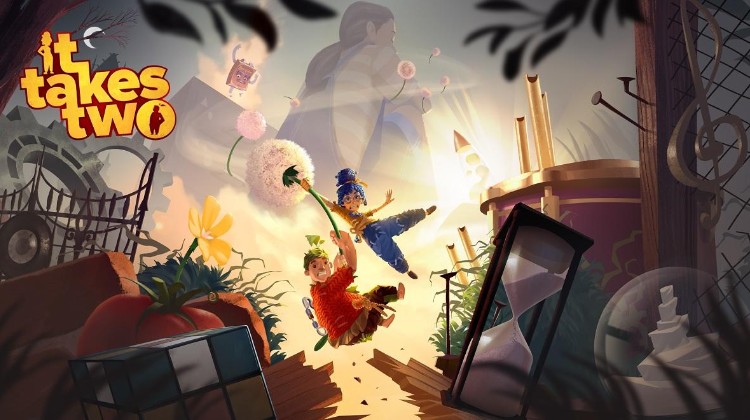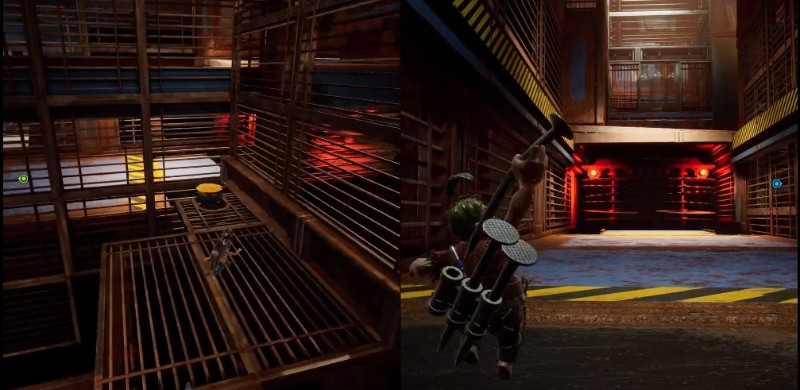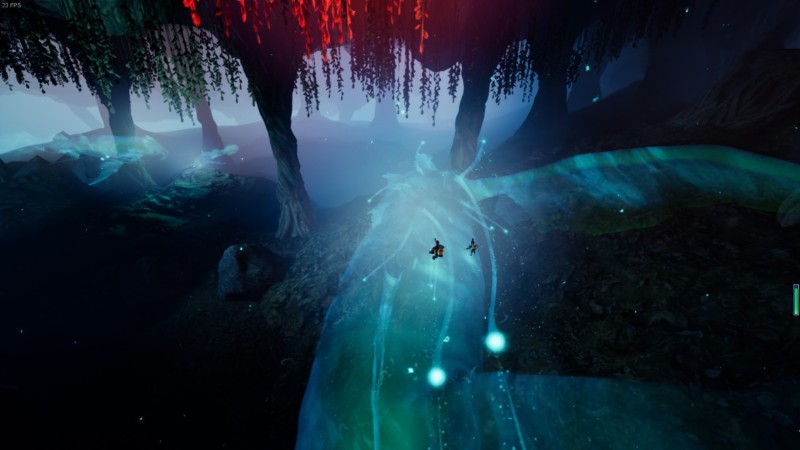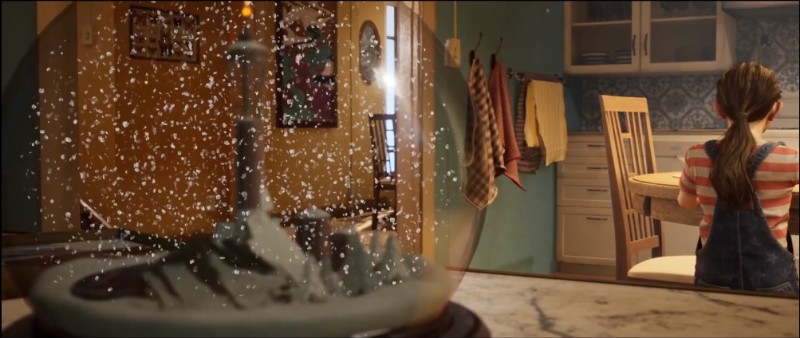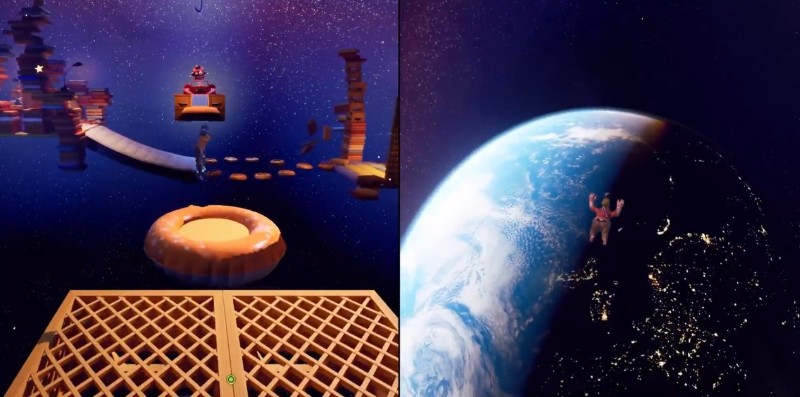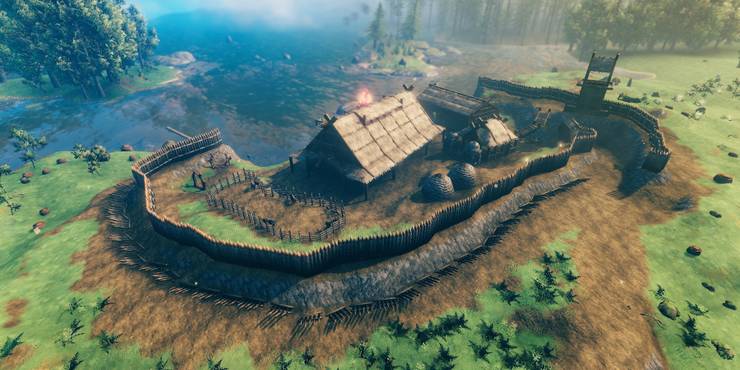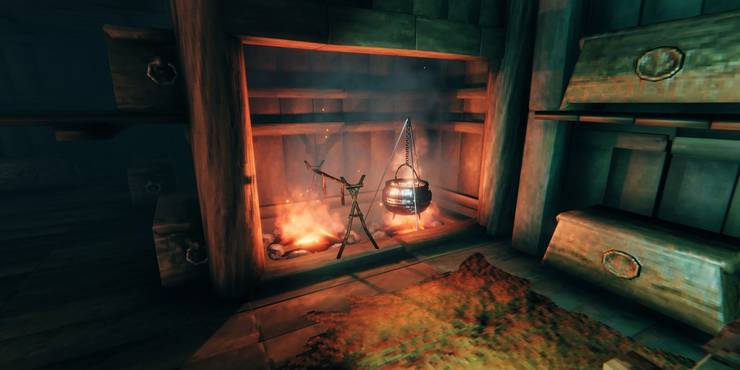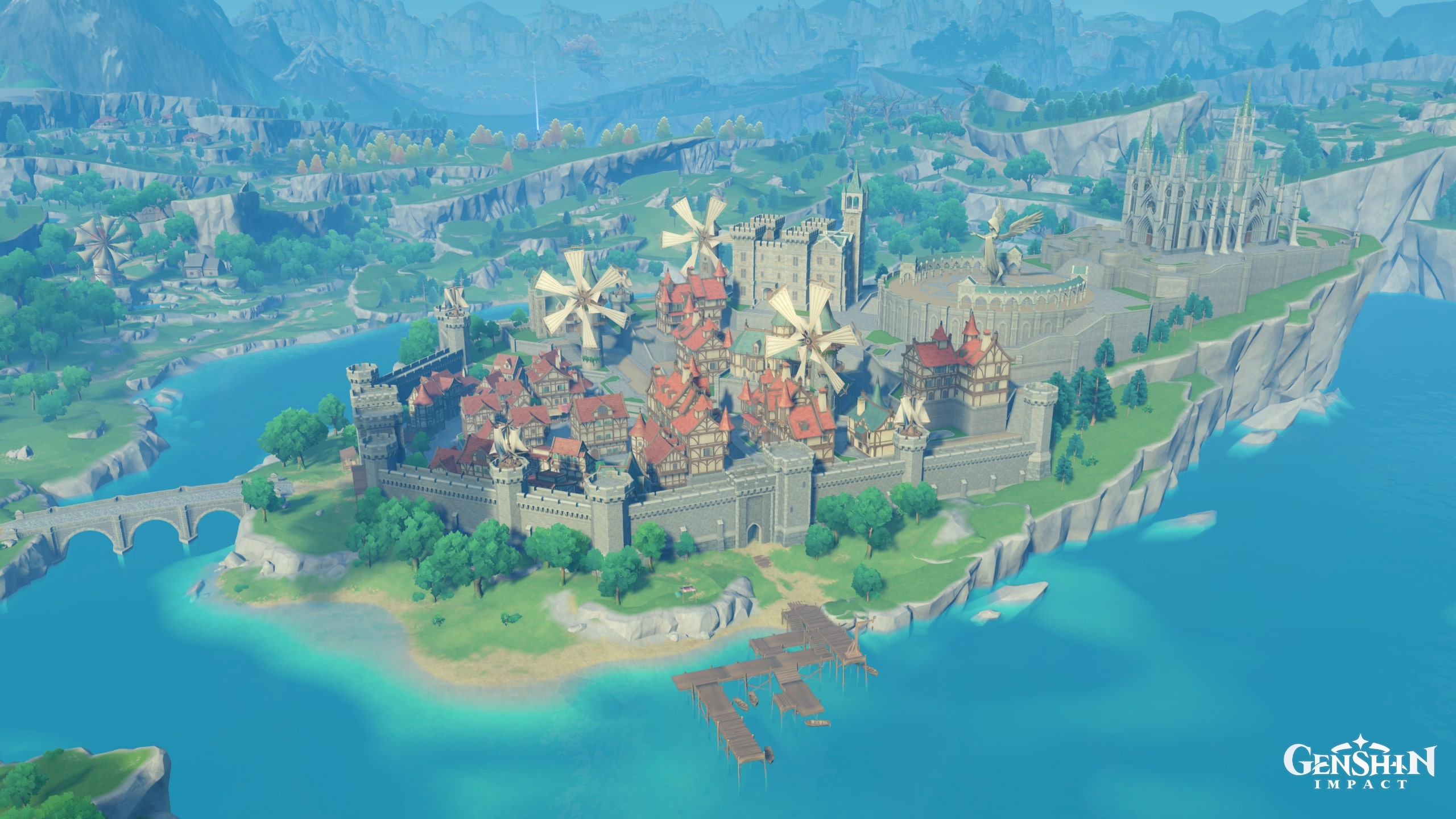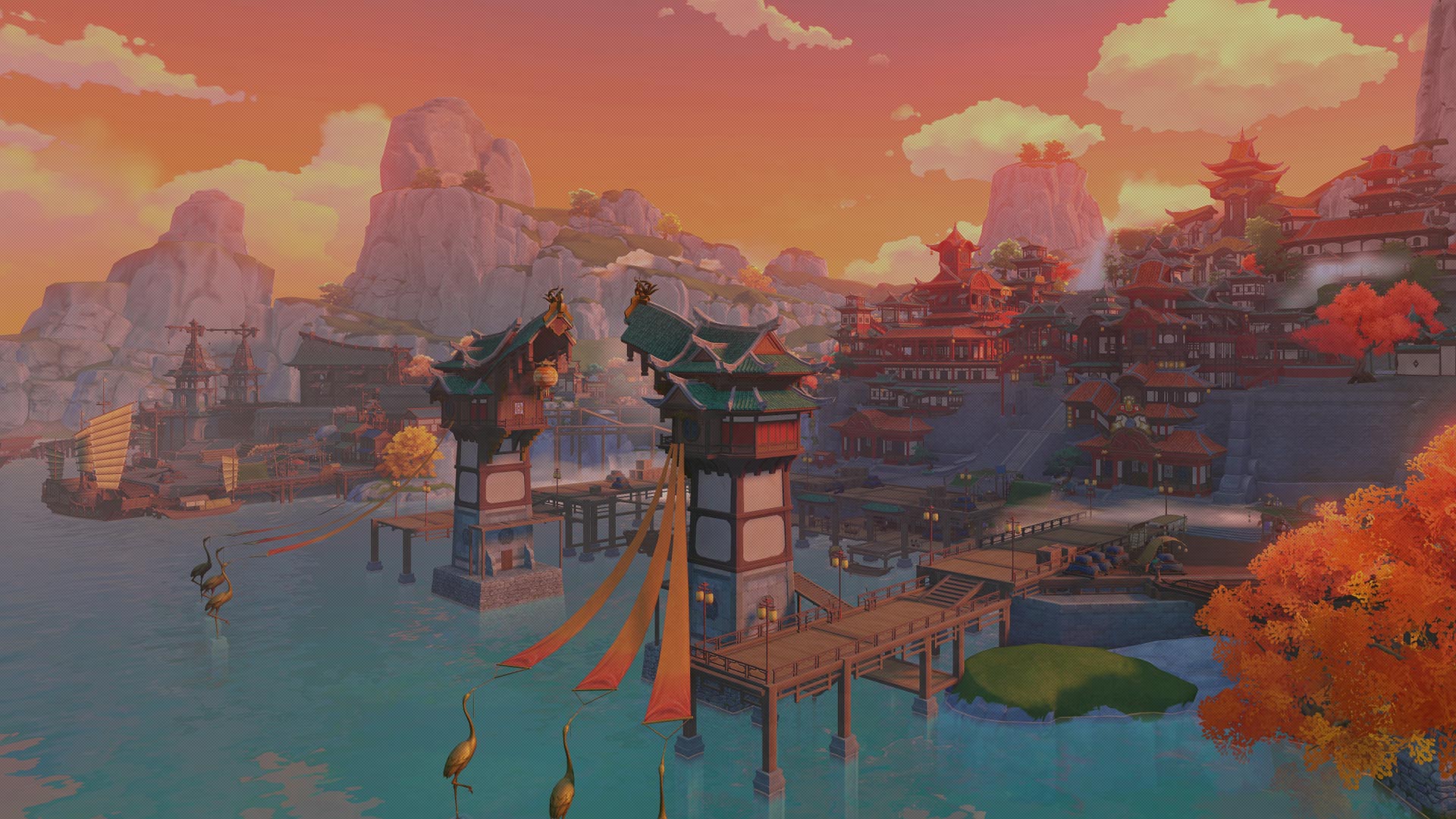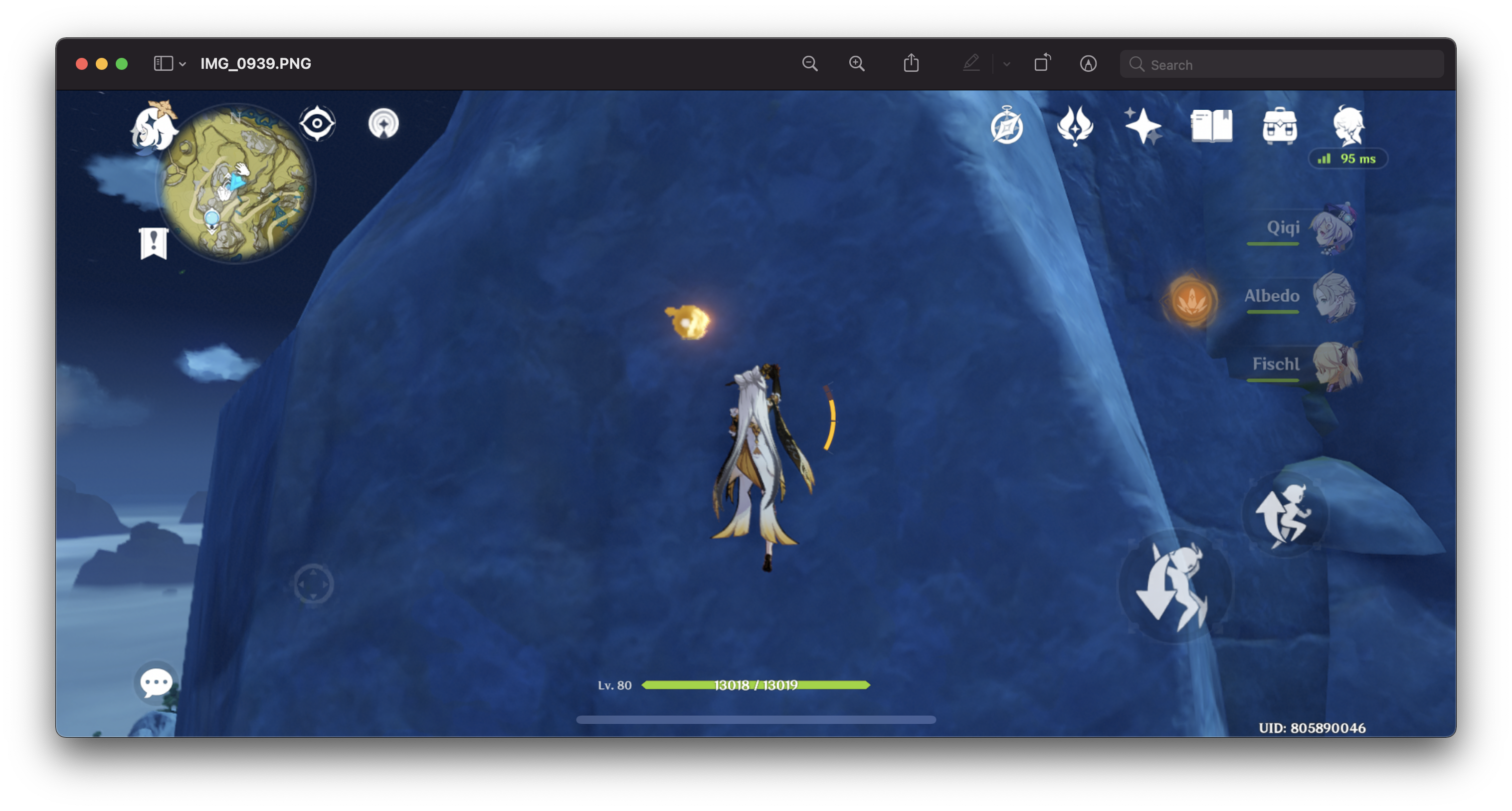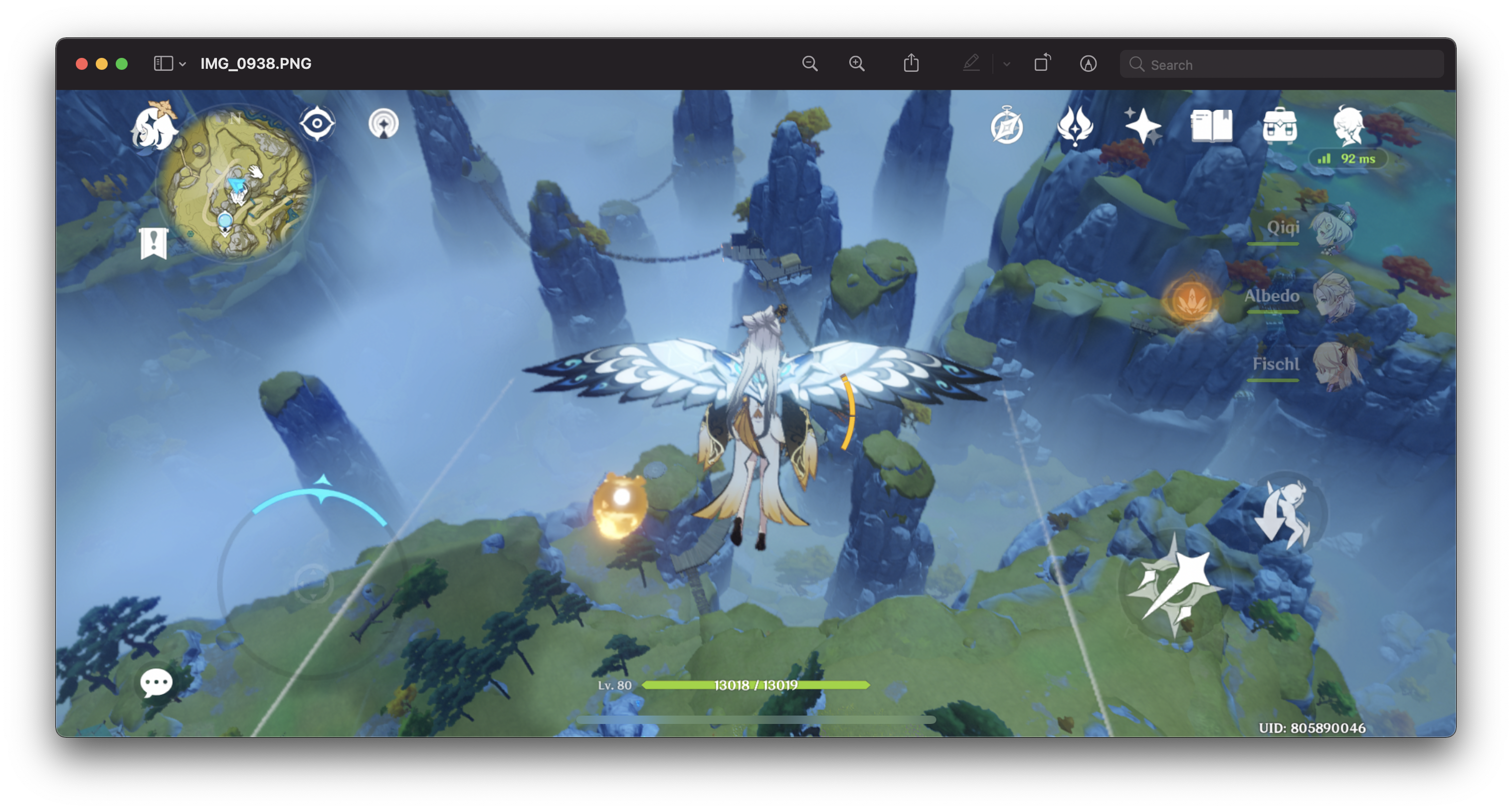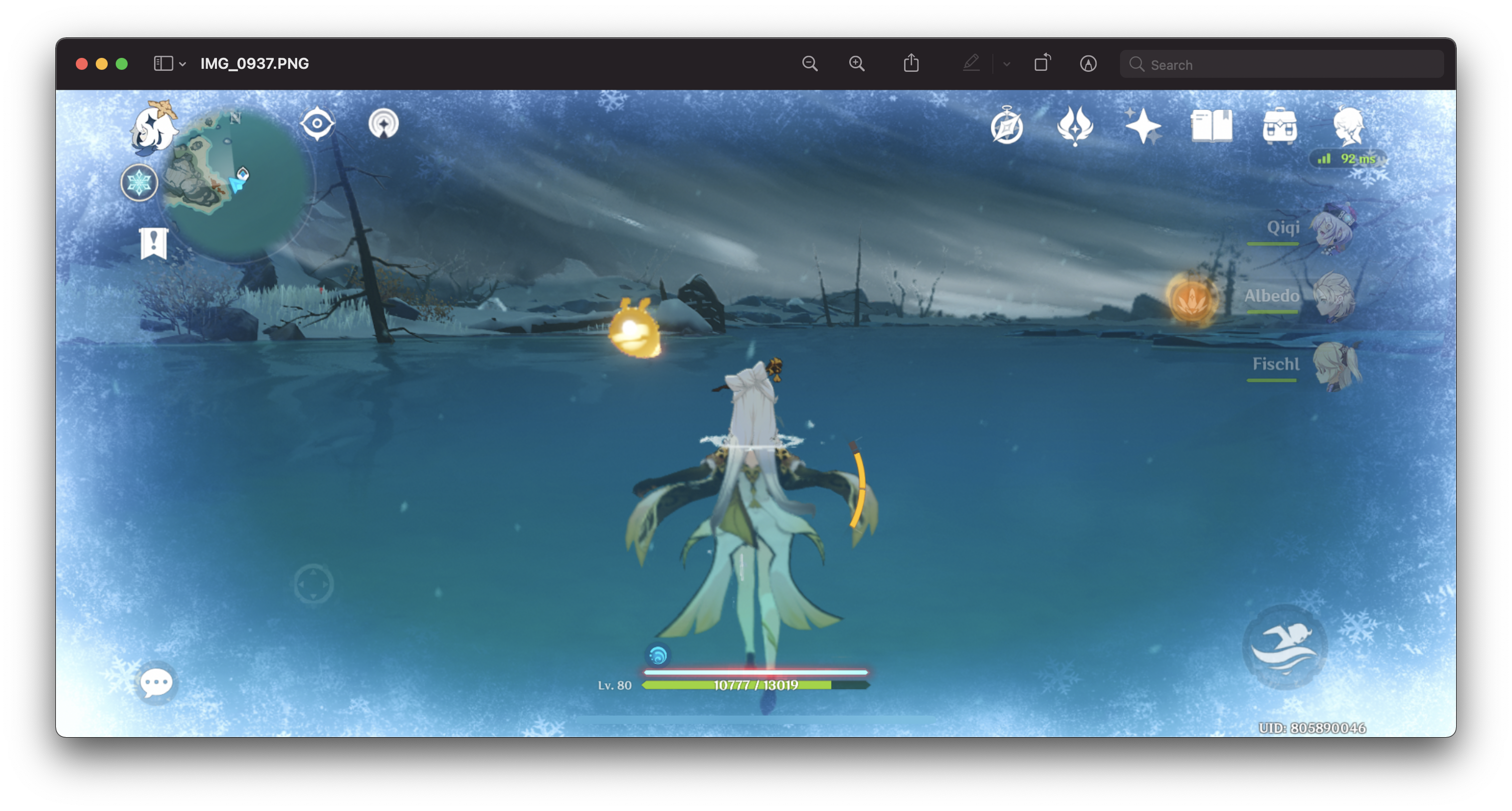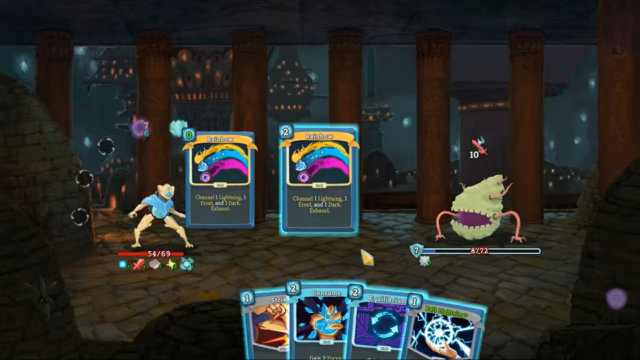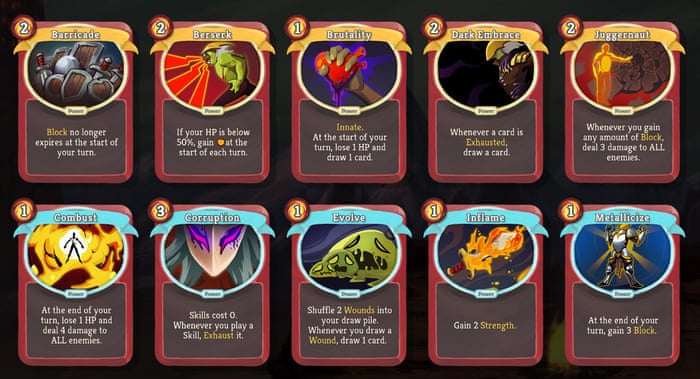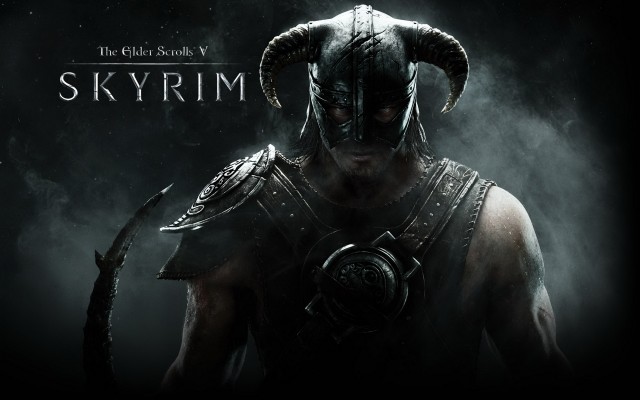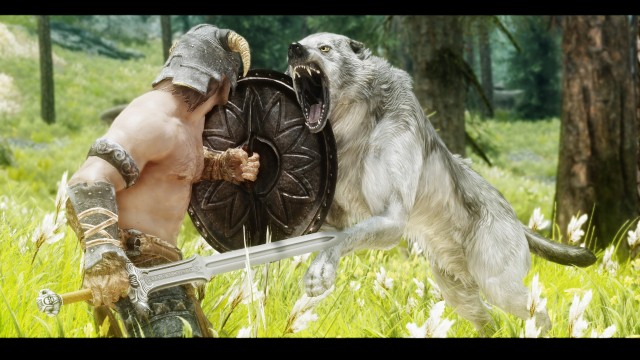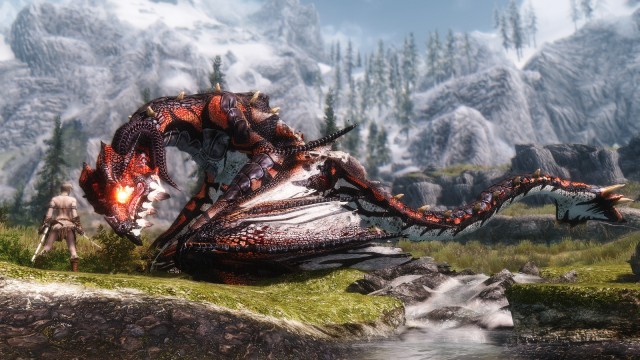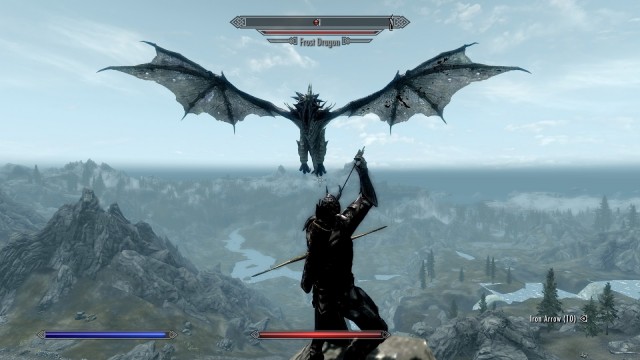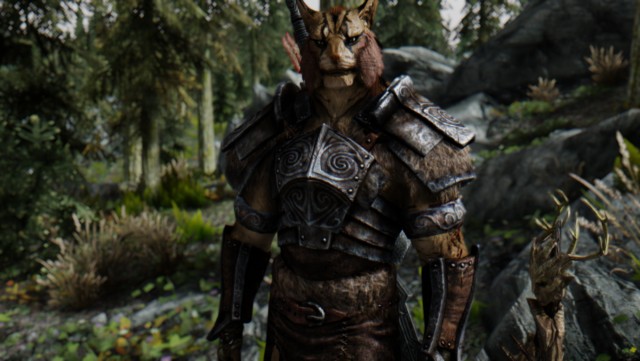
Outer Wilds is 2019 open world mystery game developed by Mobius Digital and published by Annapurna Interactive. It is a critically acclaimed and award-winning game where you play as a space recruit exploring a solar system trapped in a time loop.
Elemental Tetrad
Story
In Outer Wilds, you play as a Hearthian – an alien race native to the planet of Timber Hearth – who joins the Outer Wilds Ventures space program to explore and learn more about the solar system and its history, mainly, the history of the Nomai – another alien species that previously inhabited this solar system. The Nomai were highly advanced in technology but their race has gone extinct for mysterious reasons.
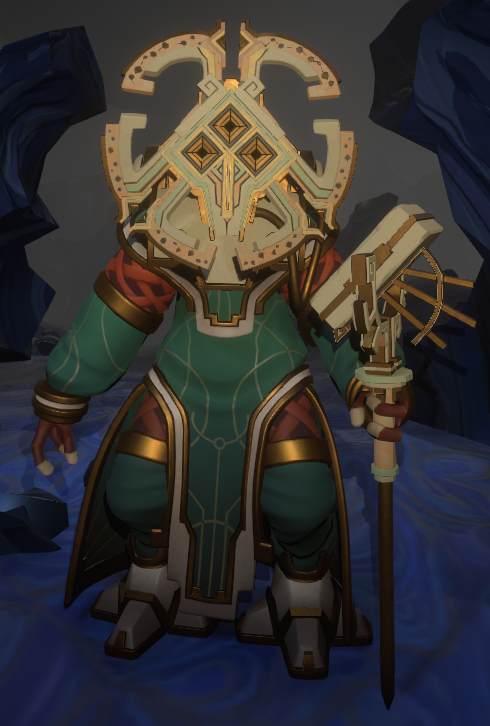
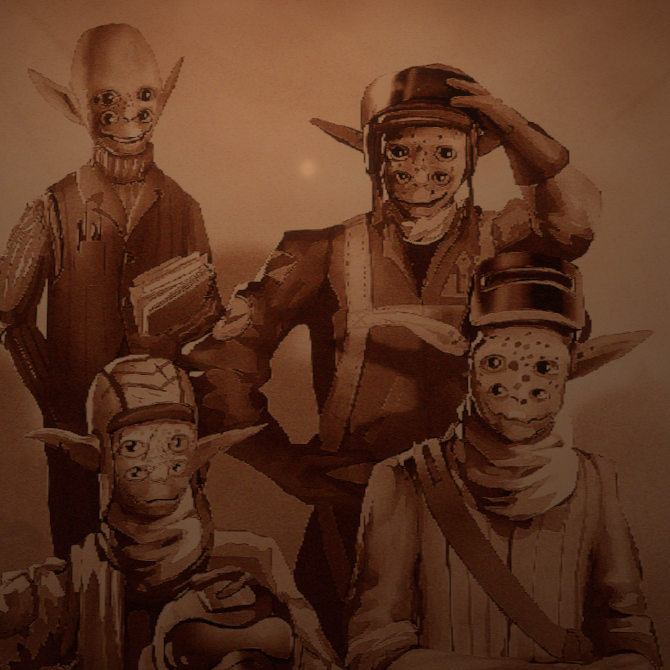
The story begins with the player preparing for their first-ever space expedition! While exploring the solar system the sun goes into supernova but instead of dying the player goes back in time 22 minutes before the sun explodes. That is when they realize that they are stuck in a 22-minute time loop that ends whenever the sun explodes or the player dies.
The different planets in the solar system contain Nomai remains with clues that link to their history. The main premise of the game is to use these clues to uncover the story of the Nomai and their extinction, understand the cause of the time loop and some of the weird happenings of the solar system.
Mechanics

The player has a spaceship that can be used to fly around the solar system. Although the controls are simple, navigating the spaceship can be quite challenging due to the physics of the game with each planet having a different gravitational pull force, this can cause the player to crash and damage their ship in many different ways.
The player can explore the planets deeper by putting on their space suit, grabbing their oxygen tank, and walking around the planet. They can walk, jump, and interact with some objects by picking them up and putting them down.
Additionally, the player is equipped with a translator that can translate Nomai scripts into a language that Hearthians can understand. These scripts are usually found on walls and they look like curves that glow purple and turn orange after reading them. These texts are dialogues between Nomai that contain hints and information about the solar system as well as Nomai history and technology. These dialogues are the primal source of knowledge in the game and the player is required to connect the dots through different texts found on different planets.
:no_upscale()/cdn.vox-cdn.com/uploads/chorus_asset/file/18321987/Outer_Wilds_The_Attlerock__0000_Layer_8.jpg)
Aesthetics

Outer Wilds uses 3D graphics and goes for a sci-fi aesthetic. The solar system of Outer Wilds contains 6 unrealistically small planets. The game focuses more on the design and details of every planet rather than making the game look realistic. Each planet in the solar system is completely unique and designed to stand out for one reason or another. For example, one planet has a black hole in its core that teleports you to the opposite side of the solar system and another planet has giant cyclones that shoot small islands into its orbits before falling back into the planet.
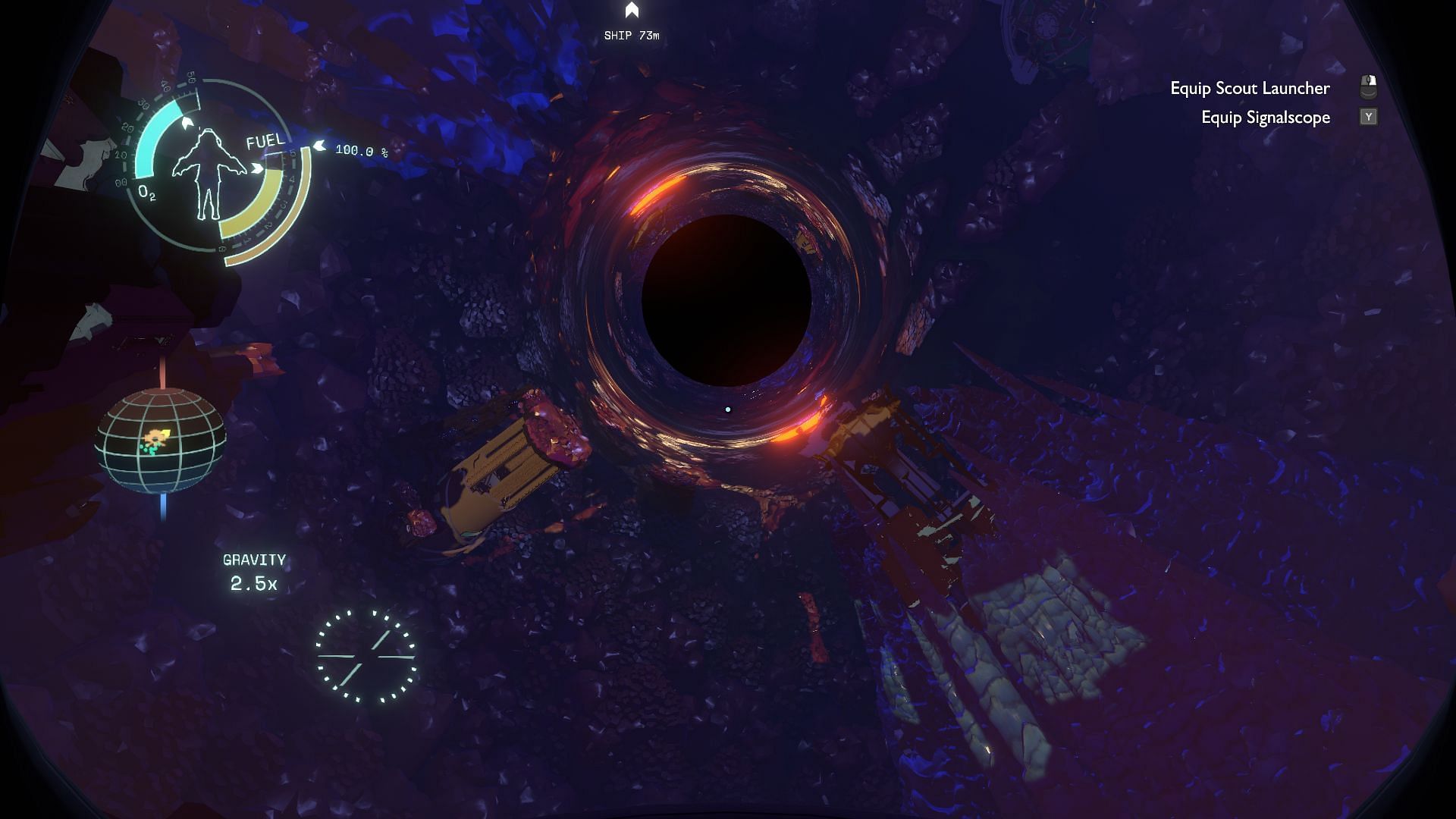
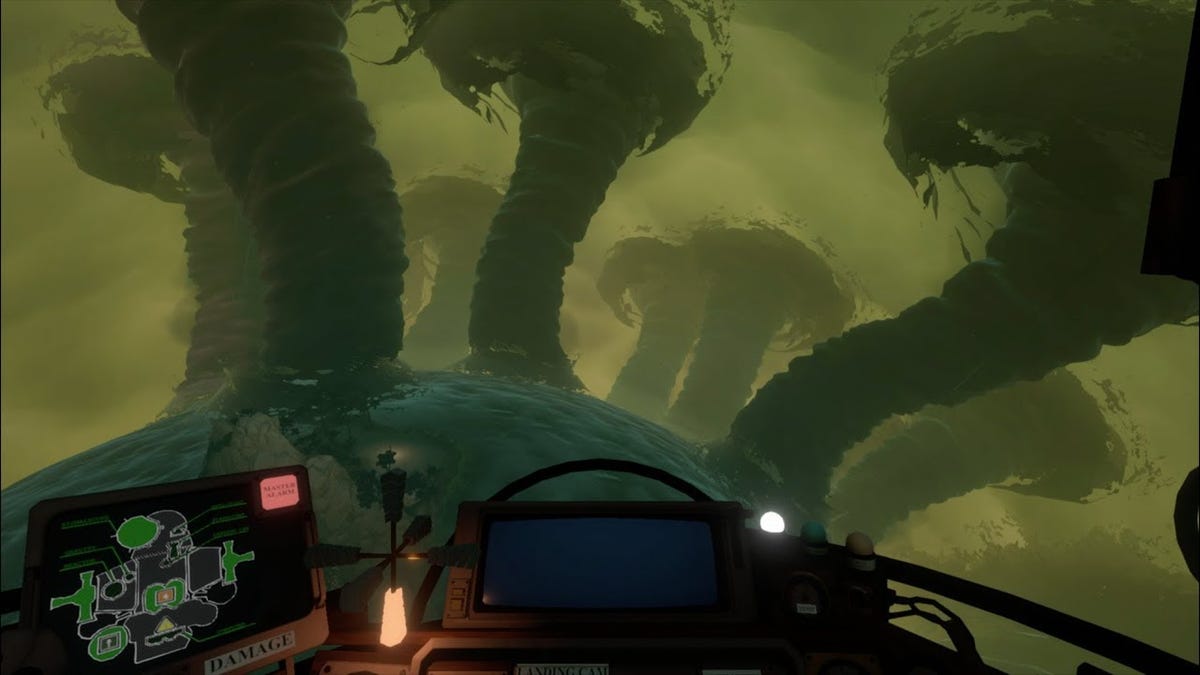
Technology
The game was developed using Unity engine. It runs on Windows, Xbox One, PlayStation 4/5, and a Nintendo Switch version is currently under development. It is best played using a controller. The game does not run on VR, however, since Outer Wilds is an atmospheric game I believe that playing the game in VR would add to the immersion experience and enhance the atmosphere of the game.
Lenses
Lense of Curiosity
Outer Wilds is purely driven by the curiosity of the player. The game hands the player a spaceship in the beginning and throws them into space with no direction at all, except for one question: Where do you want to go? It could be the weird smoke coming from the moon, some Nomai script they found guiding them to a specific location on another planet, or a strange-looking planet that caught their eye. Outer Wilds rewards its players with knowledge for following their curiosity and more questions start forming with that knowledge, slowly piecing the story of this universe together. This serves as a positive feedback loop where the game encourages curiosity and rewards the player for acting upon it.
Lense of Freedom
Unlike most games, Outer Wilds does not state any clear goals or objectives to the player. It does not have a list of quests for the player to fulfill. Once they get access to their spaceship, every single planet is accessible for them to go to with no restraints. This amount of freedom could be overwhelming to some players especially since each planet has random clues and bits of information about Nomai history with no clear chronological indication. Keeping track of bits of knowledge can be challenging to piece together, so the game balances this out by keeping a ship log in the player’s spaceship. The ship log serves as a log with all the important information discovered so far about every planet. The player can utilise it to make sense of all the information they found and it could help them decide which area they want to explore next.
Lense of Time
Time is an important element in Outer Wilds. First of all, each time loop is 22 minutes long meaning that by the beginning of each loop, the player has to decide what tasks they want to achieve in that limited time. Usually, when you discover you’re in a time loop and each run is time-limited you’d think that you would want to explore a location as quickly as you can before your time runs out and you lose all your progress. However, Outer Wilds uses time to its advantage by making both being fast and waiting rewarding. Some areas require the player to go at the beginning of the loop while others require they wait for some time to pass.
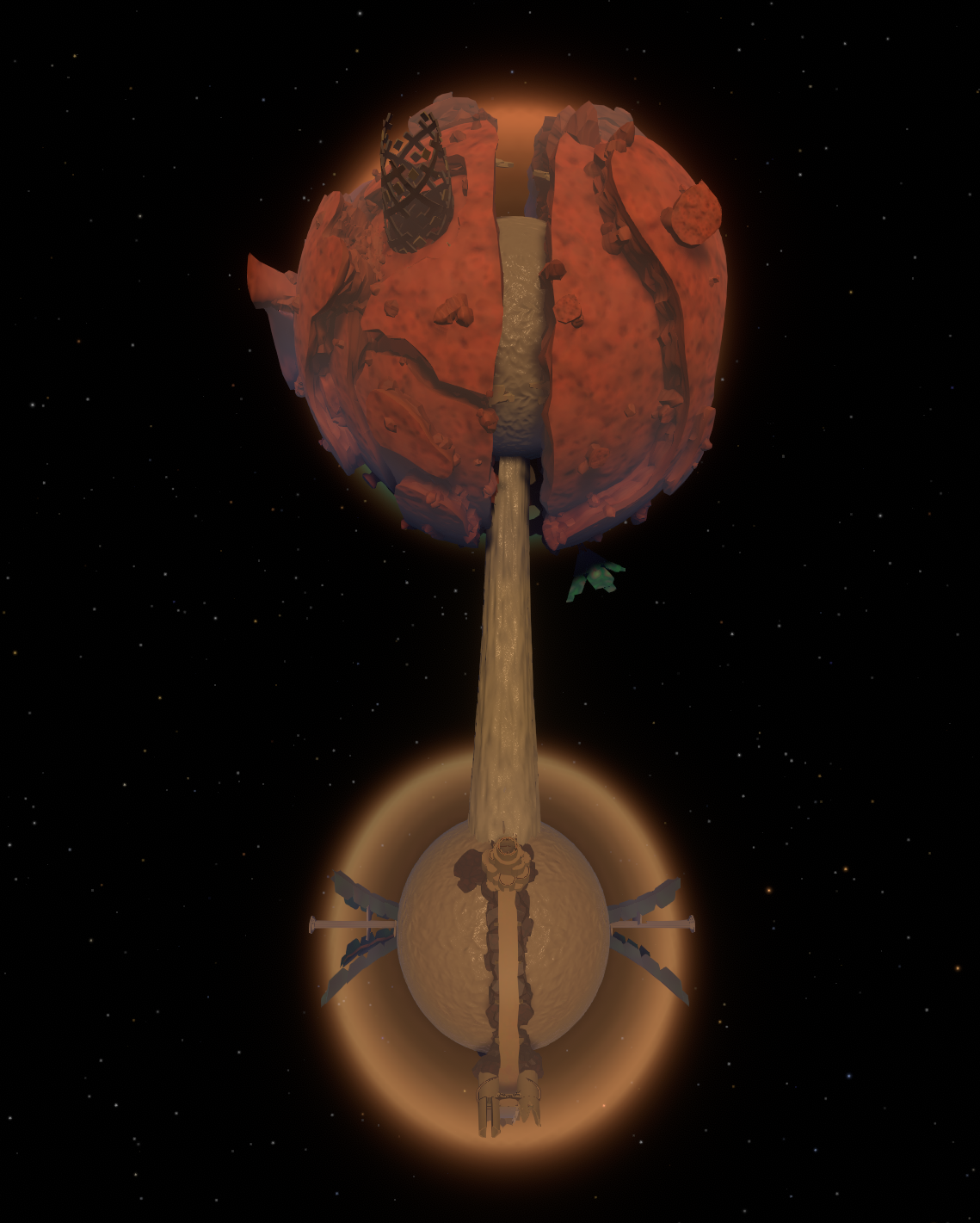
The best example of this in the game are the Hourglass Twins. The Hourglass Twins are binary planets orbiting each other. The first twin, the Ash twin, is a planet filled with sand, and the other twin, the Amber twin, is a rocky planet with a cave system. Due to the change in the gravitational pull of these planets, the sand from the Ash twin moves to the Amber twin filling up its cave system and creating an Hourglass-looking effect when observed from a distance. The player can only explore the cave system in the Amber twin at the beginning of the loop before the sand fills up, otherwise, they’ll get crushed inside. On the other hand, the sand leaving the Ash twin uncovers some structures hidden underneath that they cannot access until some time passes.
Lense of Emotion
Outer Wilds evokes a wide range of emotions in its players. From fear and sadness to hope and happiness. The game is filled with chilling revelations and intense moments that are amplified by the imagery, atmosphere, and soundtrack. One of the more emotional revelations was finding out how the Nomai died. Throughout the game, you can see many Nomai skeletons littered around the solar system on different planets. Seeing their remains, in the beginning, does not have much of an emotional impact because you are told from the start about this ancient civilization that has gone extinct, so, seeing their dead bodies is not surprising. However, the more Nomai dialogues you find and read you, the more you start getting attached to the characters that appear recurrently in these dialogues and their journey in this solar system. Later on, discovering the cause of their extinction and finding some of their dead bodies nearby accompanied by well-crafted emotional music can fill you with complete sadness and devastation.

